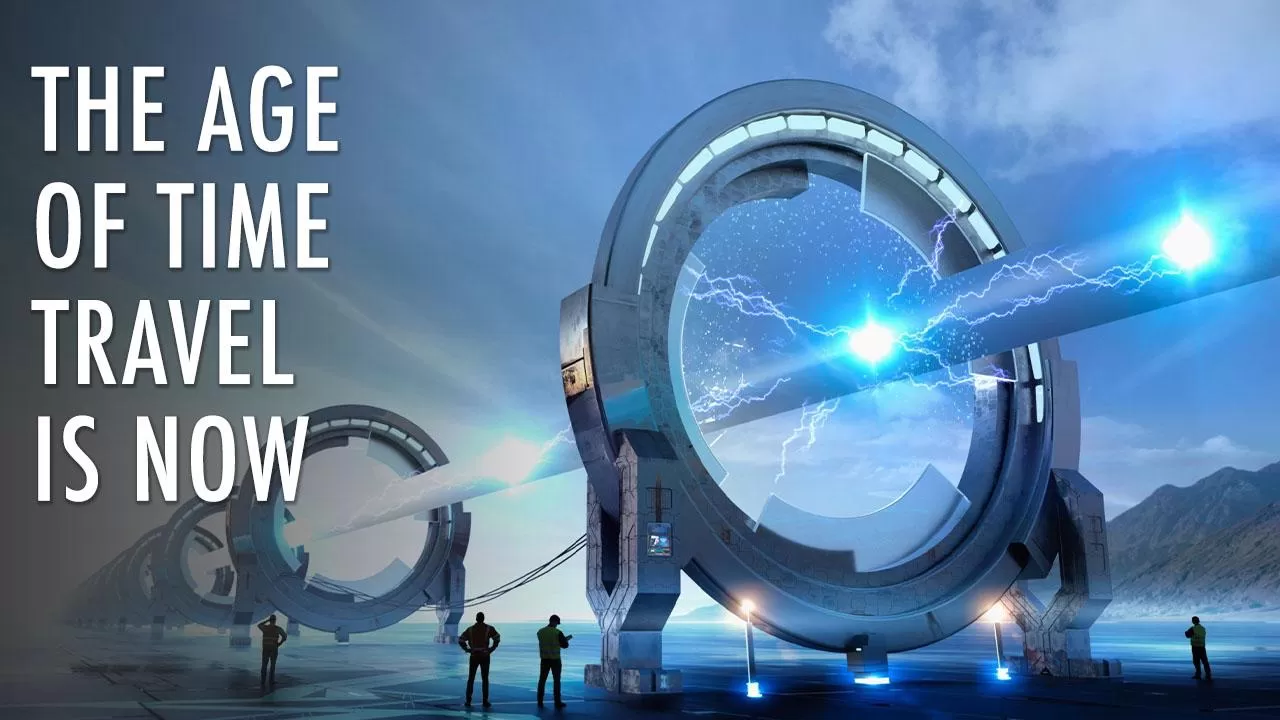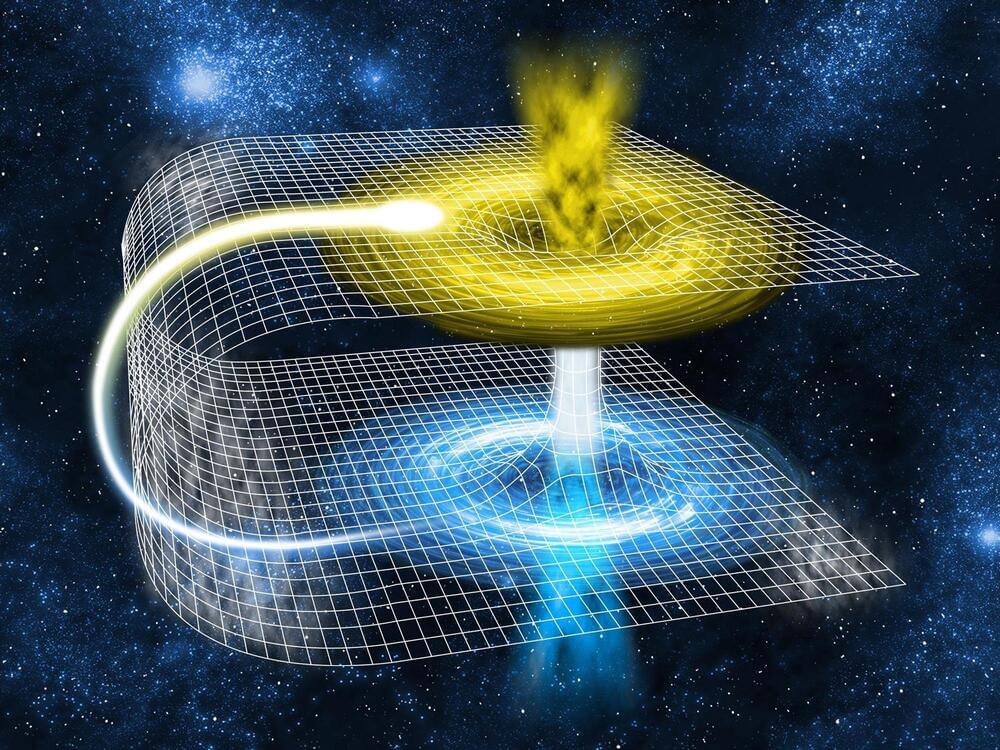Time Travel & Relativity: Science, Proof, and Possibilities

Time travel is one of the most fascinating ideas in both science and science fiction. But did you know that physics actually allows time travel—at least in theory?
Based on Einstein’s Theory of Relativity, time doesn’t tick the same for everyone. Gravity and speed can change the way time flows, opening the door to real scientific discussions about time travel.
Let’s explore how time travel works in physics — not with fantasy, but with real equations and proven phenomena.

🧠 The Foundation: Einstein’s Theory of Relativity
Einstein developed two theories:
- Special Relativity (1905): Deals with observers moving at constant speed.
- General Relativity (1915): Deals with gravity and acceleration.
Both theories prove that time is not absolute — it depends on motion and gravity. This concept is called time dilation.
🕐 Special Relativity: Time Slows Down at High Speeds
According to Special Relativity, time slows down for an object moving close to the speed of light. This is described by the Lorentz time dilation equation: t′=t1−v2c2t’ = \frac{t}{\sqrt{1 – \frac{v^2}{c^2}}}t′=1−c2v2t
Where:
- t′t’t′ is the time experienced by the moving object
- ttt is the time for a stationary observer
- vvv is the object’s velocity
- ccc is the speed of light (~3×1083 \times 10^83×108 m/s)
✅ Real-World Proof:
- GPS satellites must correct their clocks for time dilation to remain accurate.
- Muons created in the upper atmosphere live longer when moving at high speeds due to relativistic time dilation.
🌐 NASA – Time Dilation and GPS
🌌 General Relativity: Time Slows Down Near Massive Objects
Einstein’s General Relativity shows that gravity warps space and time. The stronger the gravity, the slower time moves.
This is called gravitational time dilation. The formula used is derived from the Schwarzschild metric: t′=t1−2GMrc2t’ = t \sqrt{1 – \frac{2GM}{rc^2}}t′=t1−rc22GM
Where:
- GGG is the gravitational constant
- MMM is the mass of the object (e.g. black hole)
- rrr is the radial coordinate (distance from the center)
- ccc is the speed of light
✅ Real-World Proof:
- Time runs slower on Earth’s surface than on mountaintops.
- Clocks on airplanes and satellites tick faster than those on Earth due to lower gravity.
🌐 NIST – Time Dilation Measured on Earth
Can We Travel to the Future?
Yes — forward time travel is proven through both types of time dilation:
- Astronauts on the ISS age slightly less than people on Earth due to both speed and gravity.
- If you could travel near light speed or orbit a black hole, you could leap far into the future.
Can We Travel to the Past?
That’s more complicated.
Closed Timelike Curves (CTCs) are theoretical solutions to Einstein’s field equations that loop back in time, such as:
Tipler Cylinder (Rotating Infinite Mass):
- In theory, if a massive cylinder spins fast enough, it could twist spacetime and allow time travel.
- Not physically realistic, as it requires infinite length and energy.
Wormholes (Einstein-Rosen Bridges):
- If a wormhole’s two ends experience time at different rates (via time dilation), entering one side could mean exiting the other in the past.
- Requires exotic matter to stabilize, which hasn’t been found.
🌐 Caltech – Kip Thorne on Wormholes and Time Machines
Challenges & Paradoxes
- Grandfather Paradox: What if you go back and prevent your own birth?
- Causality Violation: Breaking the order of cause and effect.
- Quantum Theories: Suggest time may be more probabilistic than linear.
Physicists like Stephen Hawking proposed the “Chronology Protection Conjecture” — nature may prevent backward time travel to avoid paradoxes.
Final Thoughts
Time travel isn’t just a fantasy — it’s a scientifically supported effect observed every day in satellites and particle accelerators. While backward time travel remains theoretical, physics continues to push the boundaries of what’s possible.
At AstroDrive.fun, we aim to show how the universe works — even when it challenges our most basic understanding of reality.


Good one
Impressive 🤩